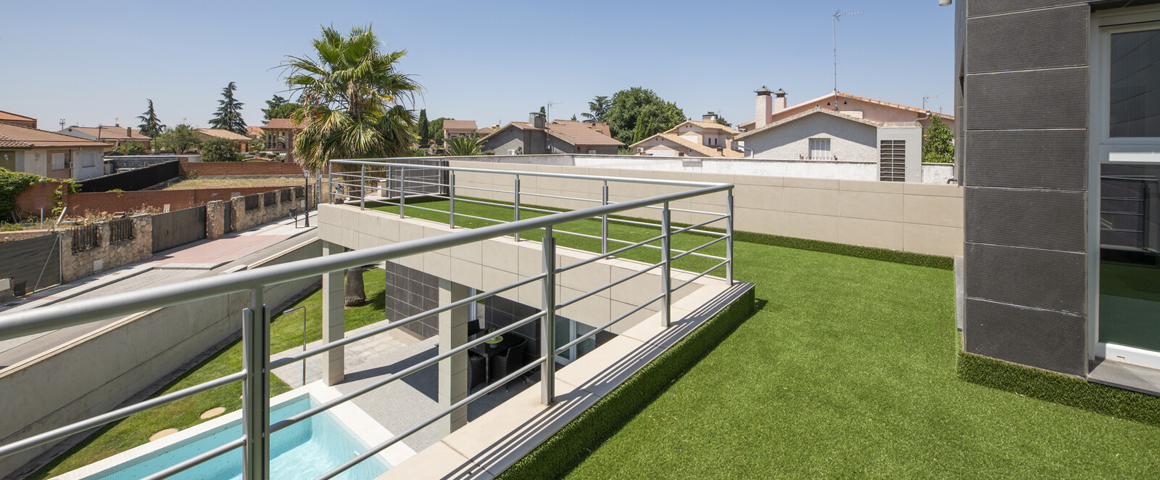
YOUR GUIDE TO SYNTHETIC TURF MAINTENANCE
Maintaining synthetic turf is essential to ensure its longevity, appearance, and safety. While synthetic turf requires less maintenance than natural grass, it still requires regular care to keep it in good condition.
TIPS FOR MAINTAINING YOUR SYNTHETIC TURF
Regular Cleaning: Sweep or use a leaf blower to remove debris such as leaves, twigs, and dirt from the surface regularly. This prevents the accumulation of organic matter that could degrade the turf and impede proper drainage.
Brushing: Use a stiff brush or a specialized turf grooming brush to keep the synthetic fibers upright. Brushing helps to maintain a consistent and natural look while preventing matting and compaction of the turf.
Rinsing and Watering: Occasionally, rinse the turf with water to remove dust and refresh the surface. Watering can also help in cooling down the turf during hot weather.
Stain and Spill Removal: Promptly clean any spills, stains, or pet waste to prevent staining or odors. Use a mild detergent or specialized cleaner recommended for synthetic turf and rinse thoroughly.
Weed and Moss Control: Although synthetic turf is not a suitable environment for weed growth, some seeds may still find their way onto the surface. Regularly inspect and remove any weeds or moss that might appear.
Repairing Damages: Inspect the turf periodically for any damages or tears. If you notice any, repair them promptly to prevent further deterioration. Small repairs can be done with adhesive or seam tape, but larger damages might require professional assistance.
Aeration: While not as common as with natural grass, some synthetic turf systems may benefit from occasional aeration to relieve compaction and improve drainage.
Protecting from Heavy Objects: Avoid placing heavy objects or equipment on the turf for extended periods, as it can cause indentation or damage to the fibers.
Preventive Maintenance: Have regular maintenance check-ups by a professional turf maintenance company. They can assess the condition of the turf and address any potential issues before they become significant problems.
Infill Replenishment: Depending on the type of infill used in your synthetic turf, it may require occasional replenishment to maintain the desired cushioning and stability.
Always follow the manufacturer’s guidelines for maintenance, as different types of synthetic turf may have specific requirements. With proper care, synthetic turf can last for many years and provide a durable and aesthetically pleasing alternative to natural grass.
